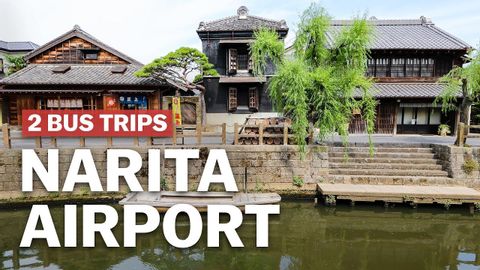從成田機場出發的2條巴士旅遊路線|Japan-guide.com (2 Bus Tours from Narita Airport | japan-guide.com)
Summer 發佈於 2021 年 01 月 11 日  沒有此條件下的單字
沒有此條件下的單字US /ˈrɪtʃuəl/
・
UK /'rɪtʃʊəl/
- adj.儀式的;例行公事;習慣
- n. (c./u.)儀式;習慣
US /ˈpɪriəd/
・
UK /ˈpɪəriəd/
- n. (c./u.)時期;(用於句末;表示斷定的口氣)就這樣;句號;月經;期間
US /ɪkˈspɪriəns/
・
UK /ɪk'spɪərɪəns/
- n. (c.)經驗;(學到東西的)經驗;經驗;經歷
- n. (c./u.)經驗;經歷;工作經驗
- v.t./i.經歷;體驗
- n. (c.)圍巾;披肩;(食物)捲
- v.t.包起;纏繞;盤繞;纏繞
